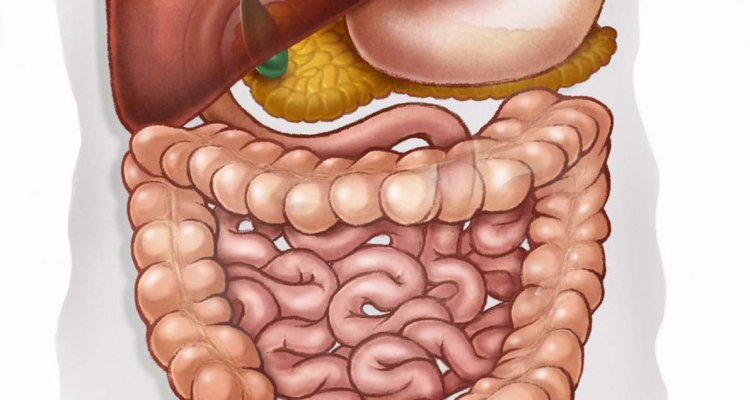
Project
Good, Bad or Risky?
The project 'Good, Bad or Risky?' aims to develop assessment tools to analyse the impact of (new) proteins on intestinal and immune health. Proteins are very important to humans and animals from a nutritional point of view. It is very likely that there will be many changes to the proteins in our diet in the upcoming decades, and we would like to assess the consequences of these changes as well as possible.
Proteins are an important component of our diet. They do not only help supply our metabolism with amino acids. During digestion, when proteins are broken down, peptides are created. These peptides have all sorts of physiological activities. Peptides can induce feelings of satiety, they can have opioid or endocrine effects, they can influence intestinal permeability and they can effect blood pressure and the intestinal immune system, the energy management system, etc., or can sometimes cause allergic reactions. Changes in quantitative and qualitative protein intake could lead to changes in these physiological effects. 'Good, Bad or Risky' (GBR) aims to map these changes by connecting relevant in vitro models to human trials.
Human trials are 'the golden standard' for assessing health effects of food. The development of healthy products always has a long and complex preliminary stage, which includes the choice of raw materials, processing methods and product development etc. During this stage scientists are required to make many choices that will have an effect on the final bioactivity of the product. These decisions cannot be supported in human trials, for practical, financial and ethical reasons. This is why it is important to supply food producers with simpler tools that help them make the best possible decision during every stage in the development process.
GBR anticipates this by connecting human trials to in-vitro methods to estimate health effects. By connecting the outcomes of these studies to similar products, proteins in this case, the in vitro tools can hopefully improved to such an extent that, even though they are not a perfect model for a real and complex organism, they can give a reliable estimate of the health effects and can help food producers with the development of new products.